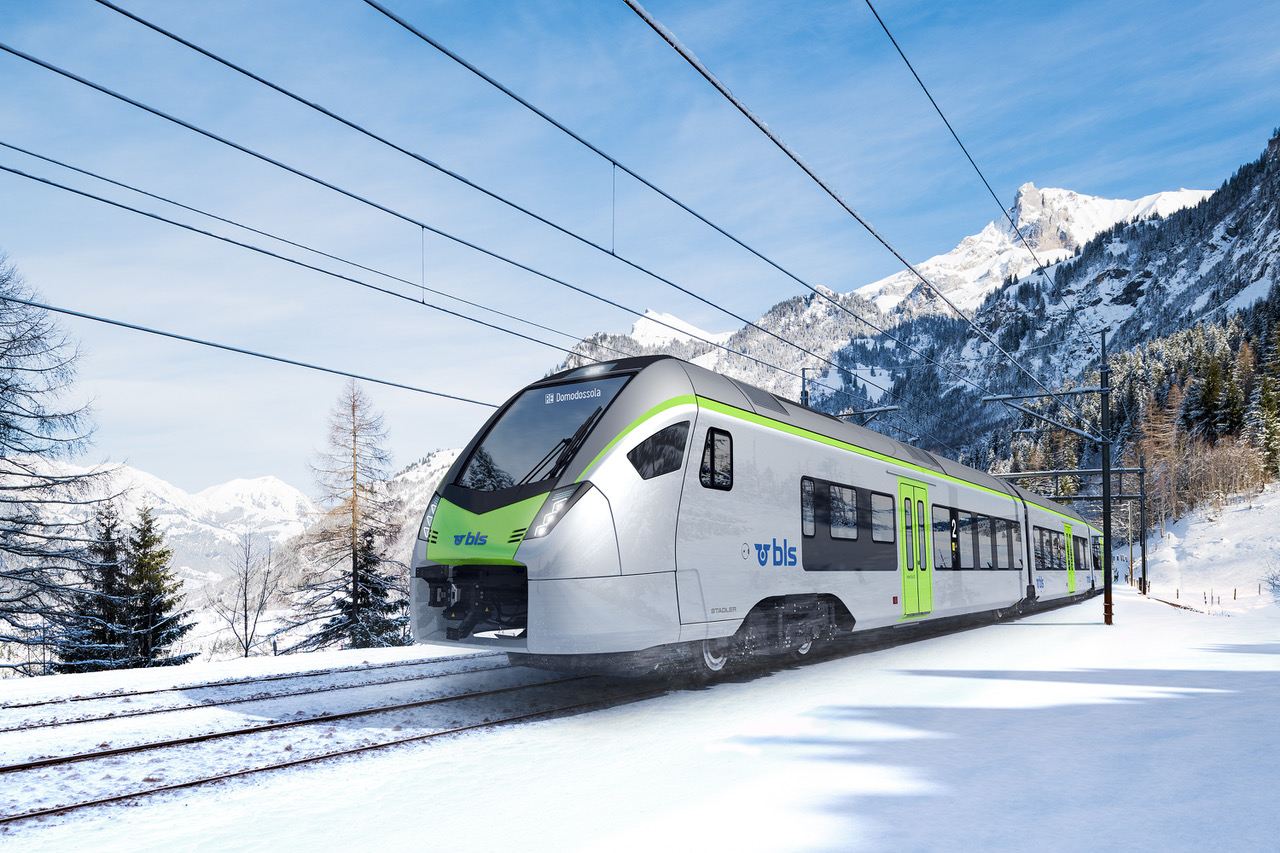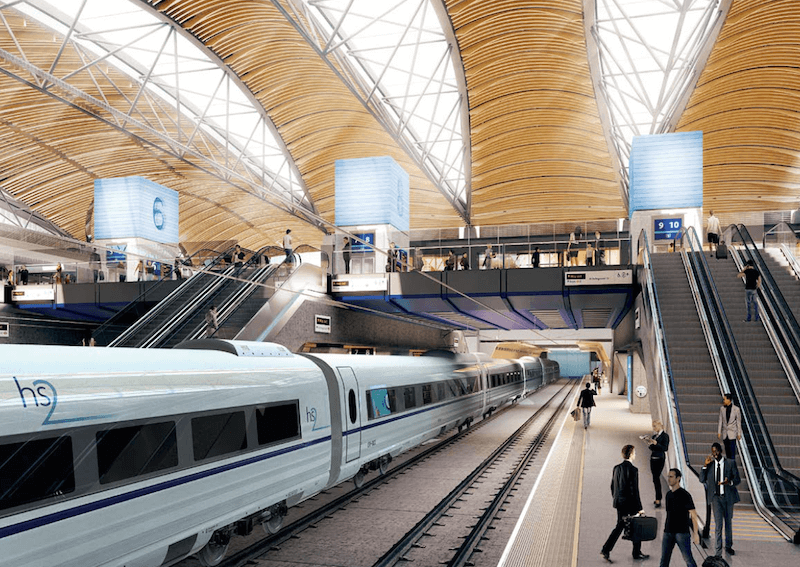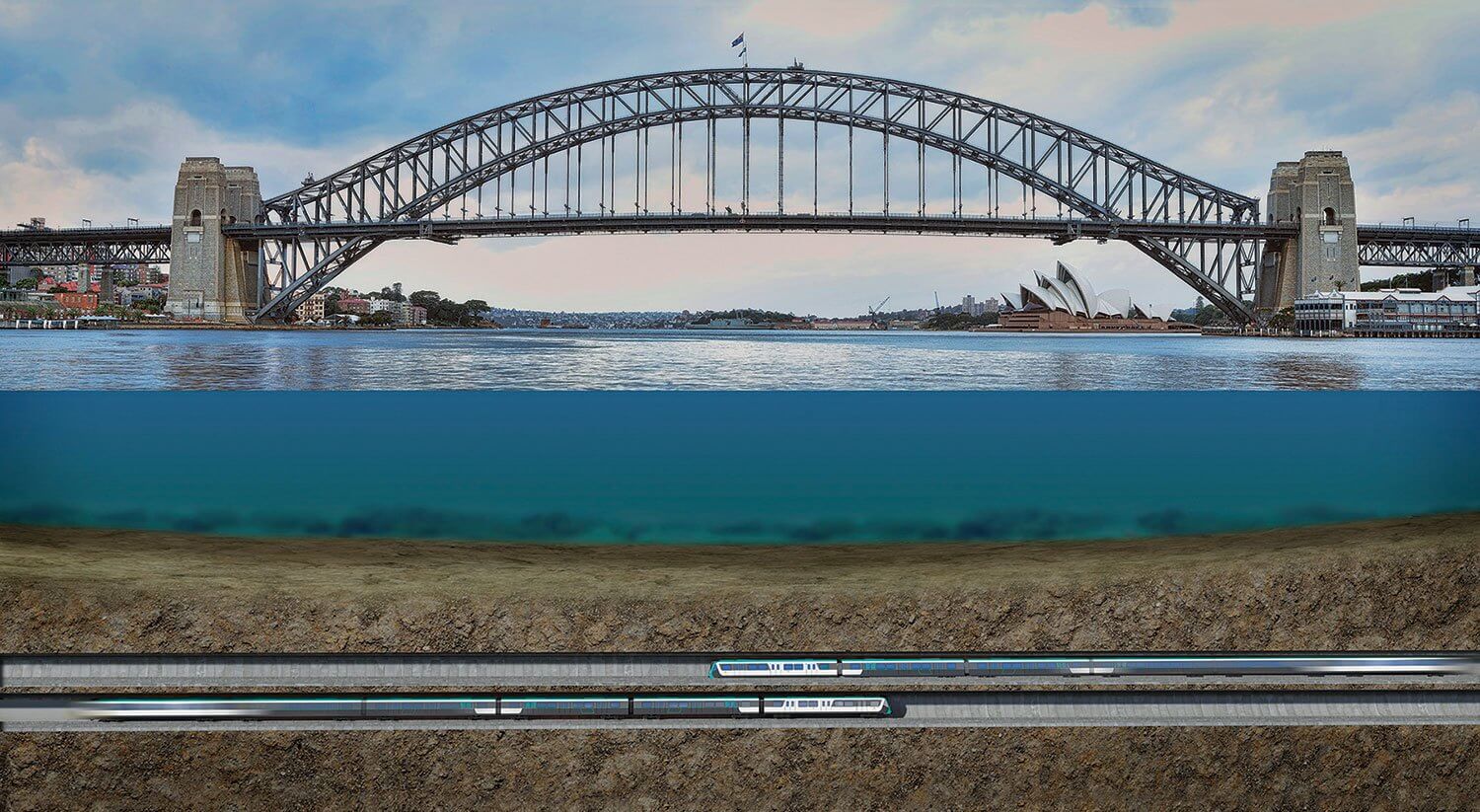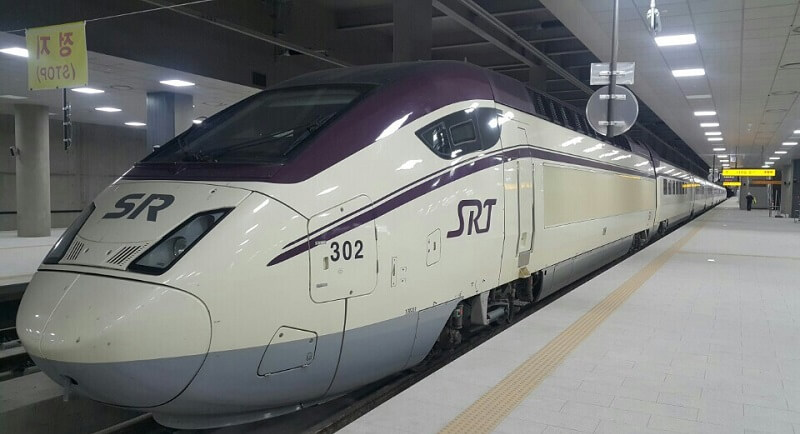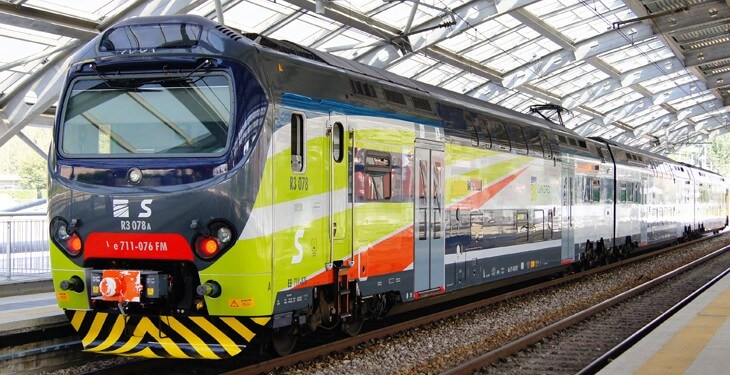By Pedro Cavero
 This summer will see the completion of a world record-breaking viaduct at a point where the Almonte River meets the Alcántara reservoir in the west of Spain, close to the Portuguese border.
This summer will see the completion of a world record-breaking viaduct at a point where the Almonte River meets the Alcántara reservoir in the west of Spain, close to the Portuguese border.
The structure forms part of the Madrid-Extremadura High-Speed Line, with an estimated length of 450km, which runs through the municipalities of Garrovillas de Alconetar and Santiago del Campo in Cáceres. It will be the third-largest concrete arch in the world, and it will also hold world record-breaking status in railway arch bridges.
In addition to being a remarkable feat of engineering in its own right, the viaduct is symbolic of Spain’s bold ambition when it comes to the delivery of its high-speed rail network. Since the high-speed rail infrastructure plan started in 1987 Spain has established itself as the largest network in Europe at 3,100km. It has already surpassed Japan and is second only to China in the world. WHIghith the intention of reaching 10,000km by 2020 there is plenty of ambition that still remains.
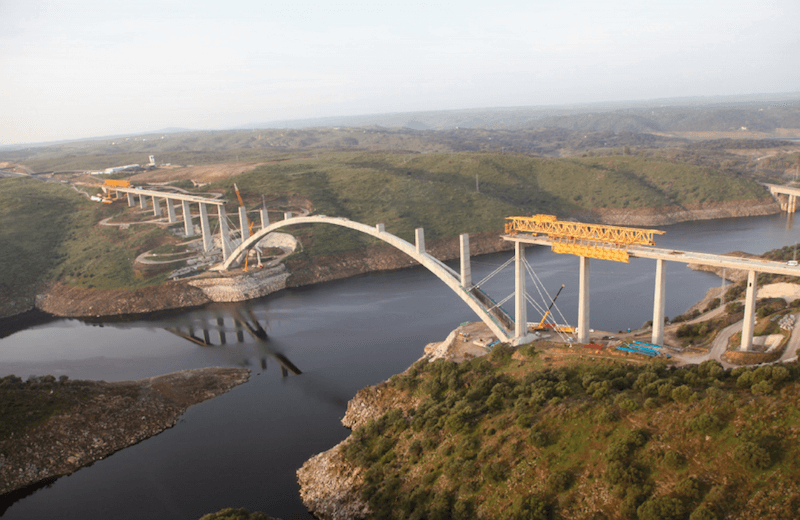
The network has met with a number of challenges along the way – not least the impact that the economic crash in 2008 had on financing. However, it has remained a priority for infrastructure spending throughout. The government has invested over 45 billion euros in the development of the network over the years, during which Spain has gained a reputation for rapid delivery at a price that compares well with similar systems around the world.
FCC, the Spanish environmental services, infrastructure and waste management group, a specialist in delivering conventional, high-speed and underground railway infrastructure, has been involved in the construction of the country’s network from the outset. It started with the construction of four sections, together with two of the largest stations in the high-speed network, Atocha in Madrid and Santa Justa in Seville, with the first line being put into service in 1992. FCC has now been involved in the development of 700km of high-speed rail lines across the country.
Madrid-Extremadura High-Speed Line
In September 2010 the Spanish Ministry of Development, acting through ADIF (the state-owned organisation charged with the management of most of Spain’s railway infrastructure), contracted a joint venture organised by FCC Group and the Portuguese firm Conduril. Their task was to build the 6.265km section of the new 165km stretch of the Madrid-Extremadura High-Speed Line in Cáceres between the Alcántara Reservoir and Garrovillas. When completed travel times for direct and semi-direct services will be reduced by up to one and a half hours.
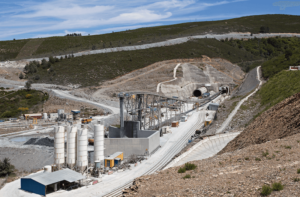 The 109 million euro contract covers all the work necessary to build the infrastructure, such as earthworks, drainage work, tunnels, structures, shifting of easements and relocation of affected services, including cross-connections to ensure the line’s permeability to roads. Some of its unique aspects include the fact that it crosses over the Almonte River by a 996 m long viaduct, with a deck fixed upon a 14 metre-wide and 3.1 metre-thick box section. The viaduct is divided into three distinct parts: two access roads and one central section. The central part has an arch with an octagonal section varying in width and thickness with a span of 384m. The arch is built with in situ concrete, and concrete was pumped from the base to each of the 65 segments that set the total length of the 384m arch. The quantity pumped varied in accordance with the size of each segment but it was always in amounts of less than 180 m³, totalling 7,500m³. In addition to the use of high-resistance self-compacting 80MPa concrete for the arch, innovative aspects of the project include the installation of sensors to monitor the structural behaviour of the arch. The team used this real-time feedback to adapt the positioning of the cable stays and the arch segments.
The 109 million euro contract covers all the work necessary to build the infrastructure, such as earthworks, drainage work, tunnels, structures, shifting of easements and relocation of affected services, including cross-connections to ensure the line’s permeability to roads. Some of its unique aspects include the fact that it crosses over the Almonte River by a 996 m long viaduct, with a deck fixed upon a 14 metre-wide and 3.1 metre-thick box section. The viaduct is divided into three distinct parts: two access roads and one central section. The central part has an arch with an octagonal section varying in width and thickness with a span of 384m. The arch is built with in situ concrete, and concrete was pumped from the base to each of the 65 segments that set the total length of the 384m arch. The quantity pumped varied in accordance with the size of each segment but it was always in amounts of less than 180 m³, totalling 7,500m³. In addition to the use of high-resistance self-compacting 80MPa concrete for the arch, innovative aspects of the project include the installation of sensors to monitor the structural behaviour of the arch. The team used this real-time feedback to adapt the positioning of the cable stays and the arch segments.
The Almonte Viaduct
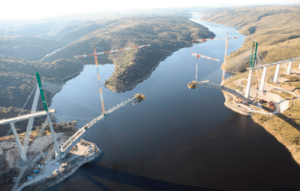 For bridges of the same use, the Almonte Viaduct dwarfs its nearest rivals in Spain and Europe by one and-a-half times. The two German bridges, Froschgrundsee and Grümpen both have arches spanning 270m. Yet it is still smaller than arch bridges (regardless of use), coming behind the Wanxian Bridge in China with a 421m arch, and the KRK Bridge in Croatia with a 390m arch.
For bridges of the same use, the Almonte Viaduct dwarfs its nearest rivals in Spain and Europe by one and-a-half times. The two German bridges, Froschgrundsee and Grümpen both have arches spanning 270m. Yet it is still smaller than arch bridges (regardless of use), coming behind the Wanxian Bridge in China with a 421m arch, and the KRK Bridge in Croatia with a 390m arch.
The Almonte Viaduct isn’t the only high-speed rail project that FCC is currently working on in Spain. A temporary joint venture has been formed by FCC Construcción (90%) and COLLOSA (10%) to construct the High-Speed Northwest-North Corridor, Madrid-Galicia High-Speed Line Stretch: Vilariño Left Track. To ensure smooth delivery of these works a temporary joint venture has also been created with the contractors delivering the Vilariño Right Track. FCC has a 47.5% share of this.
Tunnelling Works
The works are being developed in the province of Orense. The majority of the line network stretches are in tunnels, and these works account for 88% of the 209.8 million euro total budget. The main work in the scope of the contract is the excavation of the Bolaños Tunnel on the left track. This is a single-track tunnel running for 6.79km including cutand-cover tunnel portals of 18m and 57m each at both ends. The bored tunnel is 6.08km long. The delivery of the Bolaños Tunnel right line network is a separate contract. Except for the outer 15m of the eastern end and 70m of the western end, most of the tunnel’s length will be constructed using a tunnel boring machine (TBM). At present this is the only TBM in use anywhere in Spain.
It is far from the only tunnelling work FCC has undertaken in recent years though. The company possesses extensive experience in building underground infrastructure. It has constructed different types of tunnels for roads, railways, metropolitan railways and water supply lines. It owns the machinery to tackle jobs of any size, such as ‘Tizona’, the biggest TBM in the world, which was used to build the M30 Tunnels in Madrid. Much of its tunnelling work is related to metro systems that FCC has completed, and continues to work on, such as the works in Madrid, Barcelona, Lisbon, Athens, Bucharest, Doha, Panama, Toronto, Bogota and Lima.
FCC Mega Rail Infrastructure
With over 110 years of experience, FCC has worked on countless railway projects of all types, both in terms of infrastructure and superstructure: metro, tram, maintenance and renovation of existing lines, and construction of new stations in large cities. The company’s main distinguishing feature lies in its use of advanced technology and its ability to offer integrated products and services of high added value across all its business areas. Using this approach, it will continue to play its part in helping Spain reach its high-speed rail network target for 2020, as well as delivering some of the biggest rail infrastructure projects all over the world.
Pedro Cavero is the Railway Infrastructure Head at FCC Construction’s Railway Division.
FOR ALL THE LATEST INFORMATION, NEWS, IMAGES, VIDEOS AND ARTICLES ON ALL ASPECTS OF INFRASTRUCTURE, PLEASE CLICK HERE.



















